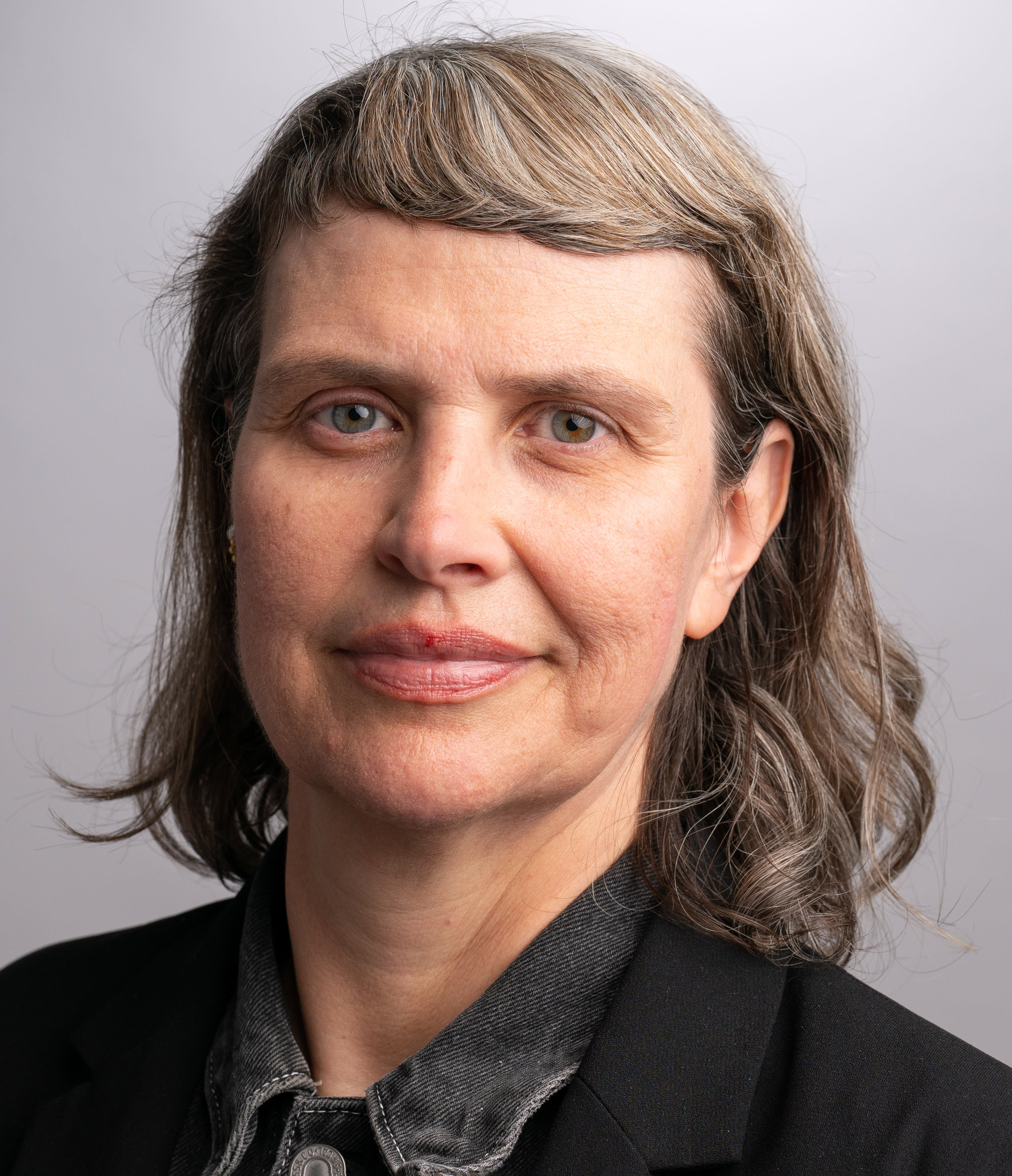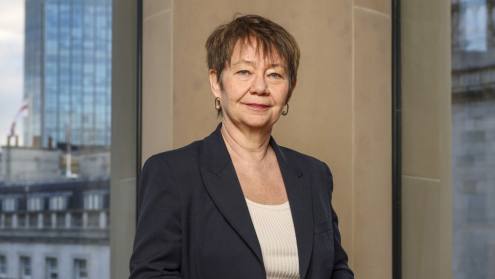Odile Renaud-Basso, the seventh president of the European Bank for Reconstruction and Development (EBRD), is surprisingly calm for someone who had to hit the ground running when she became the multilateral development bank’s first ever female head on November 2, 2020.
The Banker caught up with her in early April at the EBRD’s new headquarters in London’s Canary Wharf. One of the most environmentally advanced office buildings in the UK, it was officially opened by King Charles III on March 23.
By the time Ms Renaud-Basso joined the bank in 2020, its shareholders had already agreed a package of liquidity support to finance vital key infrastructure during the Covid-19 pandemic. But then the second shock hit: the war in Ukraine, which she says presented a different set of challenges.
“Ukraine was historically one of the most important countries of operation for the bank,” Ms Renaud-Basso says. “We’ve been very active there, both on financing and policy reform, but it’s not easy to intervene in a war zone.”
The EBRD worked with its shareholders to define the right response, which was to continue to invest in Ukraine, but with a risk-sharing approach.
“This means that we take 50% of the risk on our balance sheet and we ask for guarantees or financial support [from shareholders] for the remaining 50%,” she explains.
Ukraine investment
Key shareholders have provided guarantees or grants that saw the EBRD deploy €1.7bn in financing to Ukraine in 2022. The bank says it is on track to fulfil its commitment to invest €3bn in the country by the end of 2023. Ms Renaud-Basso says EBRD investments in Ukraine focus on the real economy, including key infrastructure, electricity, railway, gas supply, the private sector and trade finance.
About €500m in financing was provided by the EBRD to Ukraine’s main electricity network provider, Ukrenergo, first as a liquidity support (€97.3m) and then additional support (€370m) to perform emergency repairs on the civilian power infrastructure, following heavy bombing of the network by Russia in October.
“I was very happy to hear that the [electricity] network is completely back to normal,” she adds. “A big chunk of money was [also used] to buy gas, to ensure security of supply for people during the winter. So, it was really keeping the heating and lighting system functioning.”
renewable energy is a very good answer to the challenges that a number of countries have been facing
Despite initial concerns that the energy crisis sparked by the war would see countries return to fossil fuels, Ms Renaud-Basso says it has helped raise awareness about energy security in general, and pushed a renewable and green energy agenda.
“Having more renewable energy is a very good answer to the challenges that a number of countries have been facing this year, and because its relative price has completely dropped, it’s much cheaper. We see a strong appetite and a lot of investment opportunities in this sector.”
Sustainable finance
In 2021 and 2022, green finance accounted for half of the bank’s total financing. But while the sustainability ambition is rising globally, Ms Renaud-Basso says more needs to be done. “Globally, the world is not doing enough, that’s for sure. And we are willing to do more.”
But she says countries need to develop the right policies, to have a clear strategy to decommission coal or gas power plants and develop renewables. “We can advise, we can support, but it’s not our decision. At the end of the day, it needs to be a government’s decision.”
However, Ms Renaud-Basso says the bank will continue its financing in countries that lack ambitious sustainability strategies. “We intervene in countries where coal is still very important, and we develop their renewables because we believe that it’s important to show the dynamics, the benefits and so forth. Hopefully, this will create enhanced ambition.”
Last year, the EBRD stepped up financing in almost all of its 38 countries of operation, with investments topping €13bn for the first time in the bank’s history. “We had to step in in a number of countries like Poland and the Baltics to support, for example, bond issuance from the banking sector and private sector companies,” says Ms Renaud-Basso. “Market investors’ appetite had really disappeared last year because this was perceived as a risky return overall.”
Other concerns
While some investor appetite has returned in 2023, the EBRD is now closely monitoring the tension in the banking sector caused by the collapse of Silicon Valley Bank and the wiping out of $17bn of Credit Suisse’s additional Tier 1 (AT1) bonds following its flash sale to UBS. “It’s clear that some categories of debt for the banks, like AT1, will be very difficult to issue,” she says.
Inflation also remains a key concern. While it is thought to have peaked in October, it remains at around 17.5% on average for EBRD’s countries of operation. Ms Renaud-Basso says: “It’s clear that the tightening of monetary policy, which we see worldwide, will have an impact on demand and credit.”













